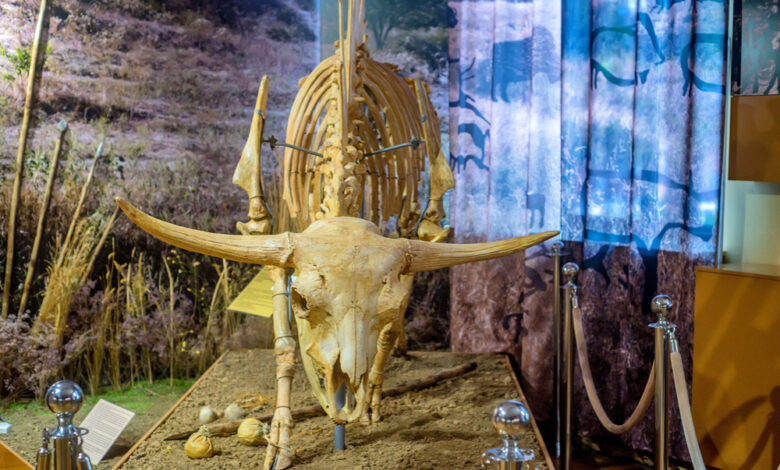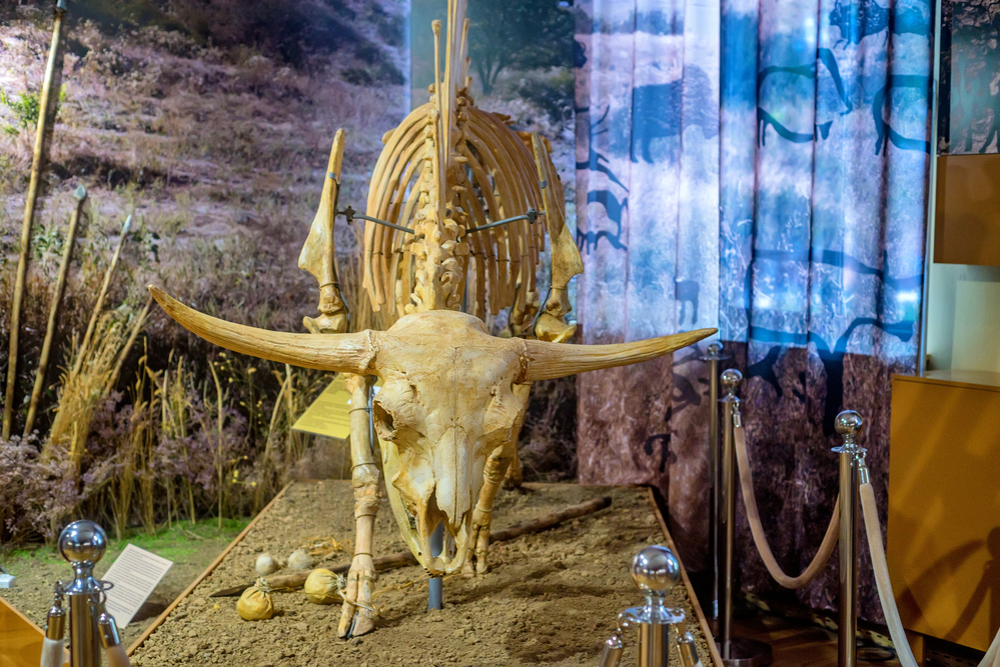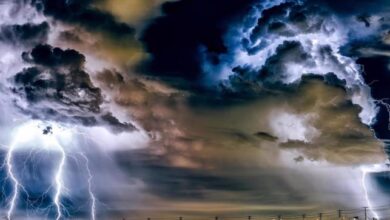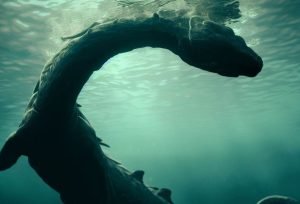The First Cloned Extinct Animal May Be a Siberian Bison

The hunts for lost islands filled with dinosaurs and ancient animals that survived extinction went down substantially when the movie “Jurassic Park” opened and brought the idea of de-extinction through cloning or other means to the public. Since then, each discovery of a frozen carcass in Siberia or when preserved remains of a recently extinct creature like the Tasmanian tiger are found, the news leads to speculation that THIS is the animal that will be brought back by cloning. The latest discovery of the frozen carcass kind is an ancient bison found in Siberia. Russian scientists have been busy poking, probing, dissecting and studying the preserved flesh and recently announced that this could be the one that begins the new age of de-extinction and the creation of a park of animals from 20,000 years ago. Are they right? Is Steven Spielberg on alert?

“Preliminarily, this is a young individual 1.5-2 years old. When she died has not yet been established.”
Maxim Cheprasov, head of the Mammoth Museum of North-Eastern Federal University (NEFU) in Yakutsk, a port city on the Lena River in east Siberia, revealed details about the remains of a young female bison which was discovered in 2022 in the Verkhoyansk region of Russia. Fortunately, the carcass was kept and donated to the laboratory at NEFU where Cheprasov and his team of specialists could examine and preserve the flesh. The partial carcass recovered included the animal’s head, forelimbs and part of the chest. (Photos can be seen here.) According to the press release, the initial autopsy was able to extract samples of soft tissues, muscles, skin and wool, and the head provided a frozen brain for analysis.
“It can be said that the new finding is intermediate in terms of biological age, thanks to which we can trace the ontogeny of ancient bison.”
While the exact species is unknown, this could be a steppe bison (Bison priscus), a species that went extinct in Russia around 1130-1060 BCE. While the scientists could not determine the age of this specimen, others found in the same area in 2009 and 2010 were able to be dated to about 8-9 thousand years ago, so they believe this one was from the same era. Dating these frozen carcasses found in permafrost is an inexact science. Recently, Maxim Cheprasov helped correct the date of the remains of an ancient brown bear found by reindeer herders in ancient Siberia – it was originally thought to be 22,000 years old, but Cheprasov revised the date to 3,460 years ago. For the ancient bison, Cheprosov led the researchers in extracting samples for microbiological, histological, cellular, radiocarbon studies, tomographic, morphological studies and 3D scanning. These studies will be carried out at other scientific institutions throughout Russia – a country dedicated to its ancient mammals. The rest of the carcass stays at the NEFU museum, where the International Common Use Center “Molecular Paleontology” (ICUC) there took over and began a DNA analysis.
“We are working with a unique find that could be cloned in the future thanks to selected materials. This becomes possible thanks to the joint work with a strong team of leading scientists of the North-Eastern Federal University.”
NEFU Professor and Director of the UAE Biotechnology Research Foundation Hwang Woo Sok led the research at the ICUC, which was opened in 2015 as a partnership between NEFU and Sooam Biotech Research Foundation in Seoul, Republic of Korea, to study the genomes of ancient animals. As Hwang Woo Sok indicated, the team at ICUC believes this is an ideal specimen for cloning. Unlike the Tasmanian tiger, they have high-quality DNA samples from a frozen carcass and many close relatives of the steppe bison to use for gene editing and as surrogate mothers.
“In my view, it is not going to be possible to clone extinct animals from tissues like this. To make cloning possible, one needs to find intact chromosomes, but what we see even in the best specimens is that each chromosome is fragmented into millions of pieces. In my view, it is more likely that you can flip a coin and get heads a thousand times in a row than it is to find an intact chromosome from a specimen that is thousands of years old.”
Love Dalén, a paleogeneticist at Stockholm University in Sweden who is not involved with NEFU, told Live Science he is doubtful this is the carcass that will spawn a Jurassic Park of ancient bison. He believes even these flash-frozen bison, mammoths, bears, wolves and other ancient mammals found in Siberian permafrost have enough chromosomal damage that the chances finding a complete one are nearly impossible. That is where CRISPR gene editing is looking to become the tool of choice for these de-extinction projects. This would require taking the best of the damaged chromosomes and use it to sequence as much of the bison’s genome as possible. Other samples from members of the same extinct species could be used to add to the genome and hopefully fully sequence it. Then, DNA from a living relative – the steppe bison is thought to be the ancestor of modern American bison – is CRIPSR edited, started in a Petri dish, implanted in a female bison, nursed to term and eventually born and raised. While not an exact clone, this hybrid would be as close to the original species as modern science can get without a perfect chromosome. Even Dalén thinks that the success rate of this process is “many orders of magnitude higher” than direct cloning.

If a herd of ancient bison could be de-extincted, their chances of survival in a Siberian park are greatly enhanced by the fact that the tundra of today still looks like the tundra of 9,000 years ago – although climate change is contributing to the warming that is exposing these frozen carcasses in the first place. Some researchers are justifying the effort and expense of de-extincting these species by pointing out that they would help return the ground surface to a state that stay frozen and resist or even reverse climate change. That remains to be seen … as does the actual cloning, gene editing and de-extincting of this lone ancient female bison.
Is it too early to let Steven Spielberg know?




